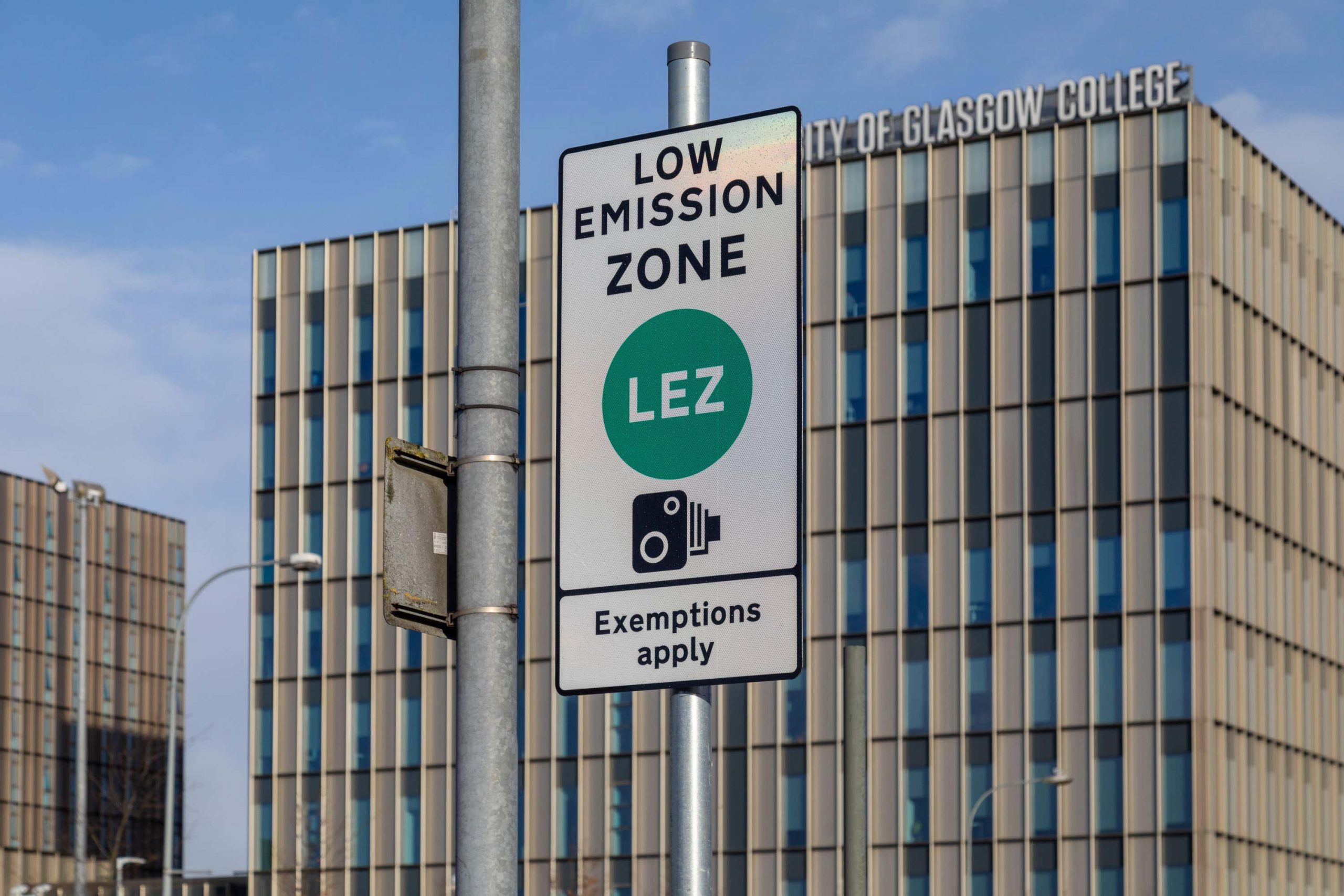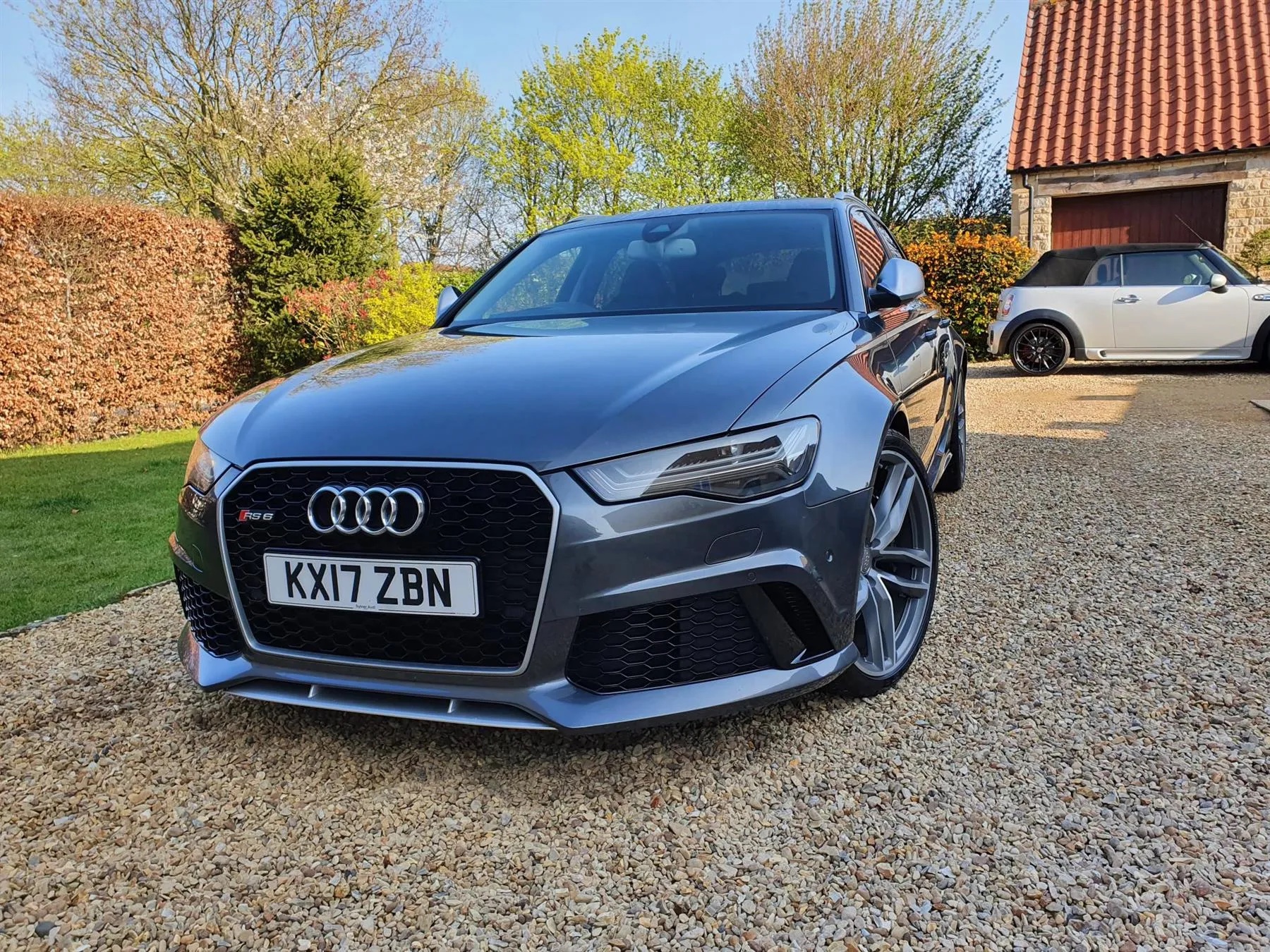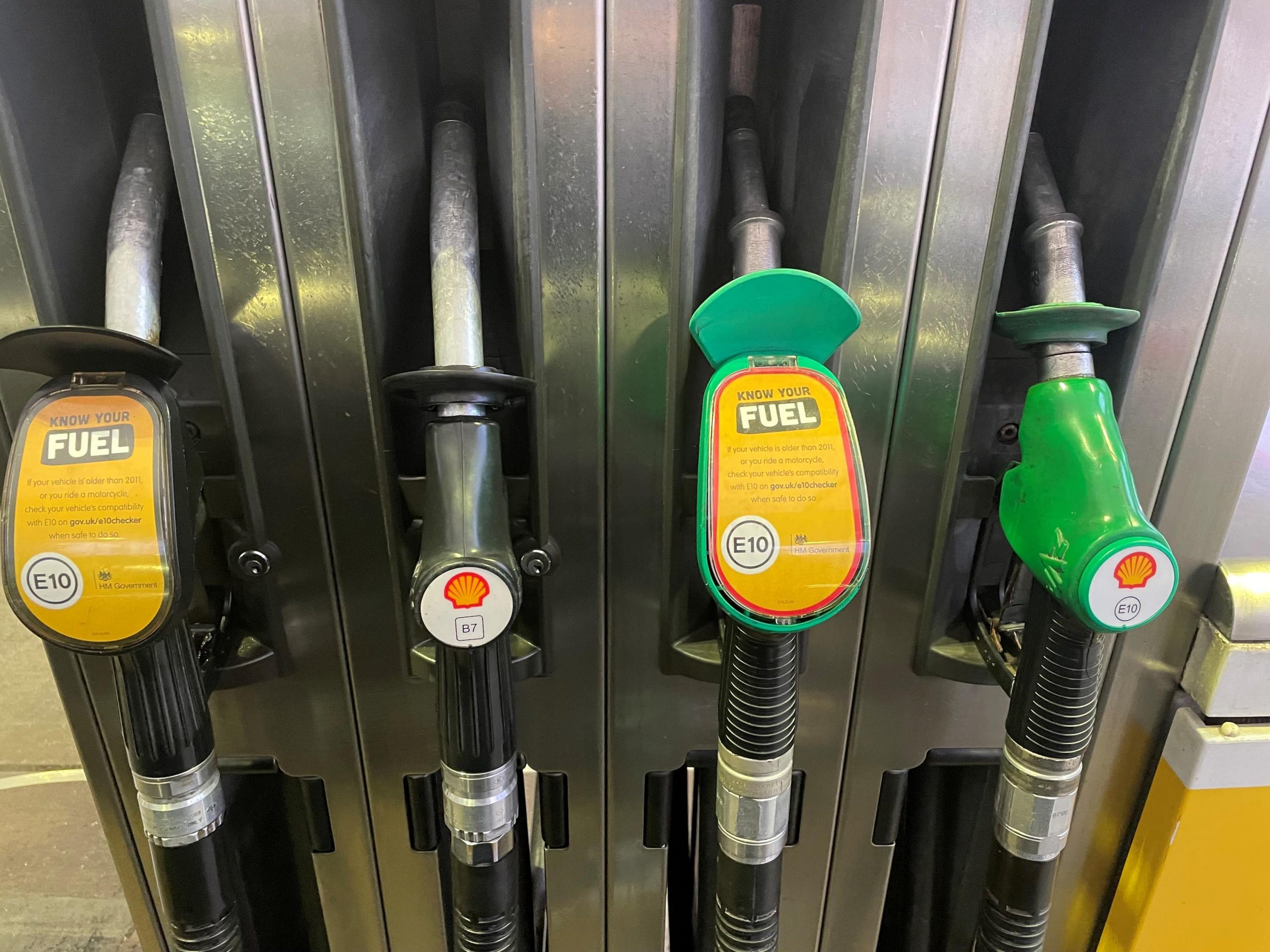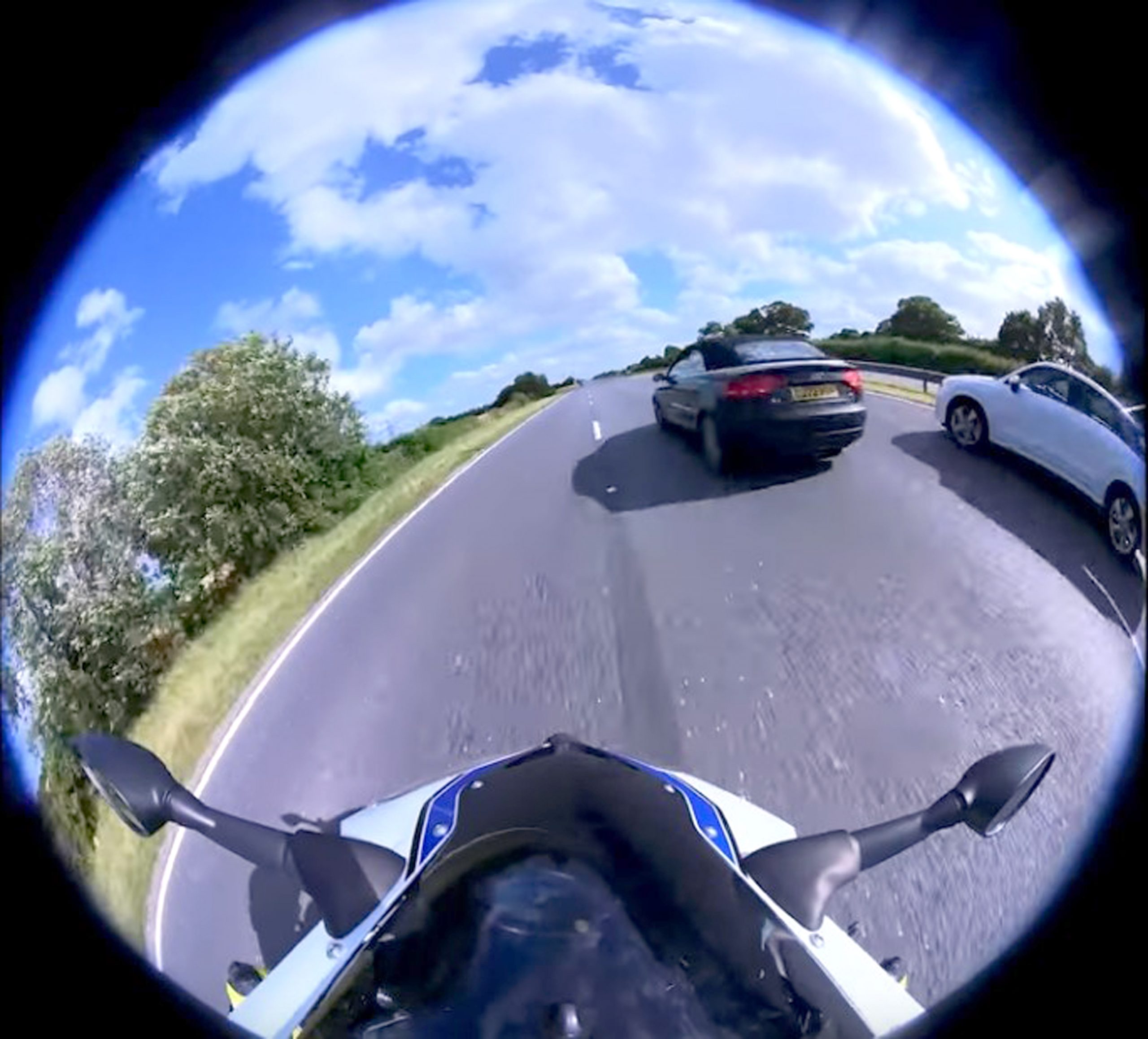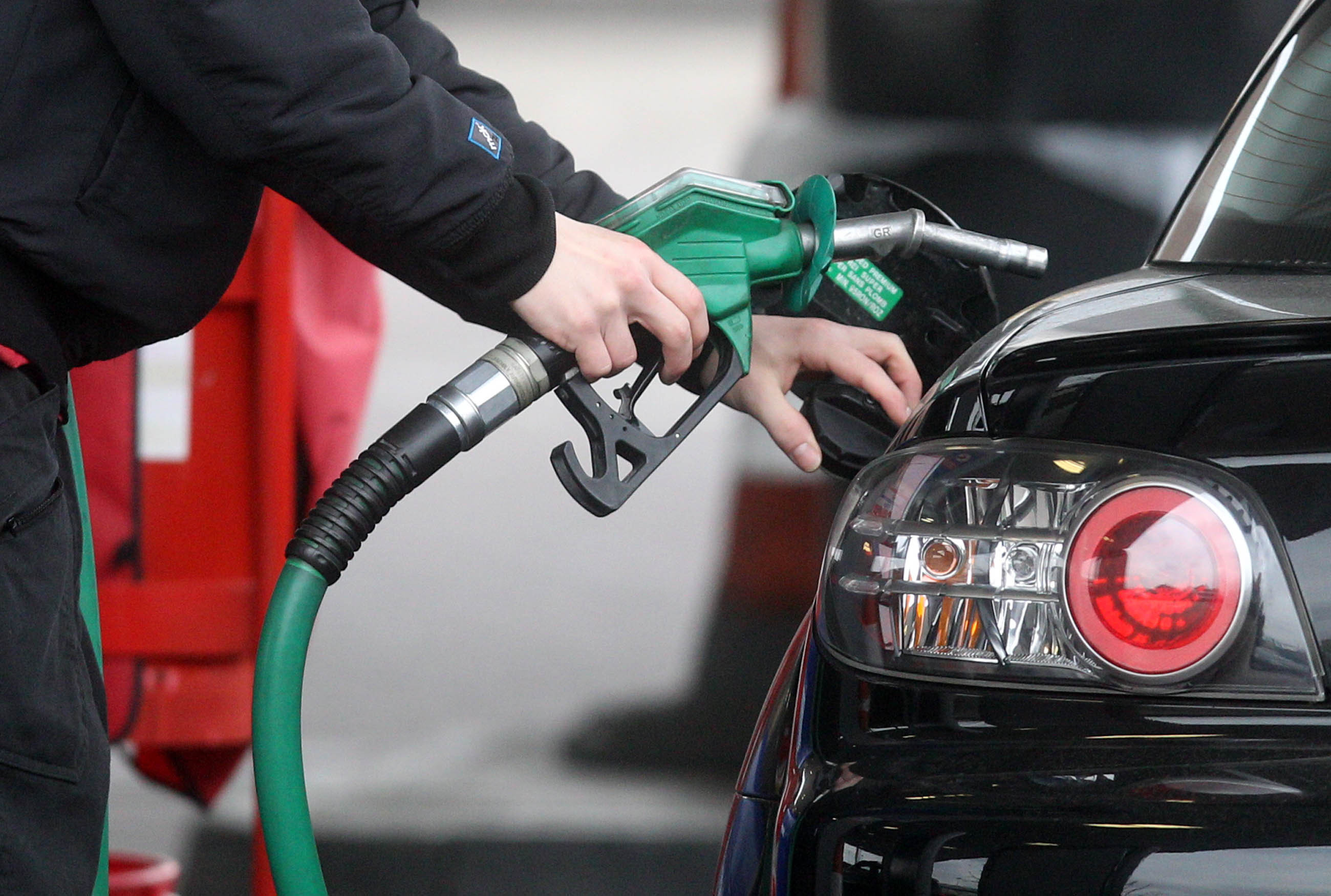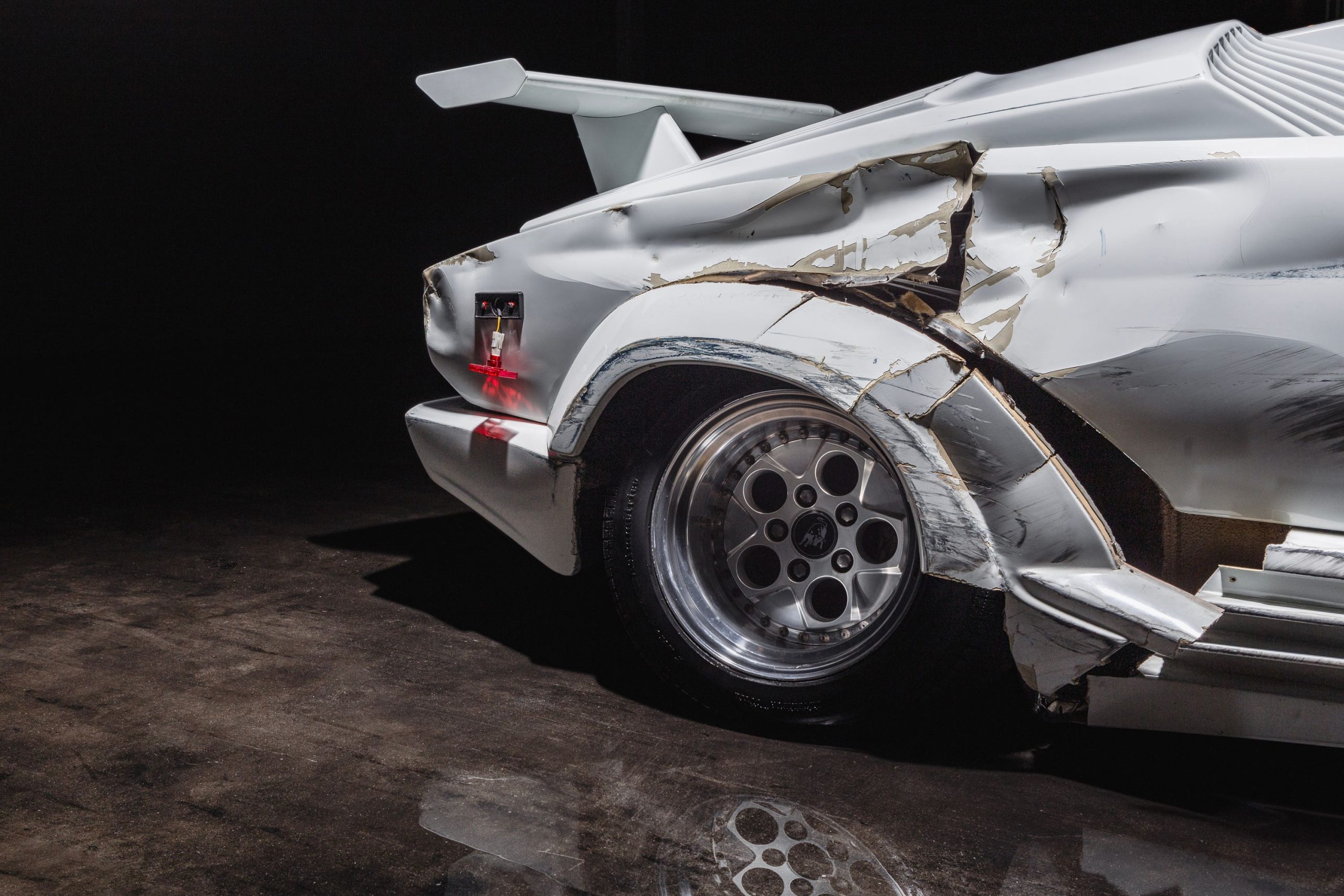Transport for London (TfL) misled the public about the benefits of the capital’s ultra low emission zone (Ulez), according to a draft report leaked to The Sunday Telegraph.
An investigation was launched by watchdog the Advertising Standards Authority (ASA) earlier this year after hundreds of people complained that the transport authority exaggerated the extent that the scheme had improved air quality.
A draft ASA report criticises “misleading” claims made about reducing levels of nitrogen dioxide (NO2) in TfL’s radio and newspaper advertisements, and recommendations state that two complaints about two radio adverts and one in a newspaper are to be upheld, according to the Telegraph.
Following the ASA’s investigation, it found two adverts were “misleading” because they “did not clarify” claims NO2 levels had “reduced by nearly half” as a result of Ulez, and were based on “estimates or modelled scenarios” and not “actual figures”.
The second complaint set to be upheld found an advertisement that claimed deaths from pollution were higher in outer London failed to make clear that the area had already been covered by Ulez, the newspaper reported.
TfL, which is chaired by Mayor of London Sadiq Khan, spent millions of pounds on marketing ahead of expanding the Ulez to cover the whole of the capital from August 29.
It is understood Mr Khan’s office will strongly reject any suggestion the adverts were misleading.
Vehicles used in the Ulez area that do not meet minimum emissions standards are liable for a £12.50 daily fee.
Figures released by TfL last month show around 60,000 vehicle owners a day are paying the £12.50 Ulez fee for using vehicles that do not meet minimum emissions standards.
Many opponents of Ulez expansion claim the scheme is aimed at generating revenue for TfL, but Mr Khan has insisted the policy is boosting air quality.
A TfL spokesman said: “We have received the draft recommendations from the Advertising Standards Authority (ASA) and are strongly challenging them.
“The ASA is not challenging the science. The science is absolutely clear about the significant harm of air pollution on people’s health and that estimated premature deaths from air pollution are higher in outer London than in inner London.
“We are confident that the advertisement is accurate.
“Scientific analysis based on modelled scenarios and estimates is standard practice in the scientific community.
“We are meeting with the ASA to take them through the data and explain in detail how it is used.
“It remains the case that the expansion of the ultra low emission zone is playing a crucial role in the reduction of air pollution – improving air quality for everyone in London and reducing the harms to health associated with vehicle emissions.”
Mr Khan’s office was approached for a comment.

